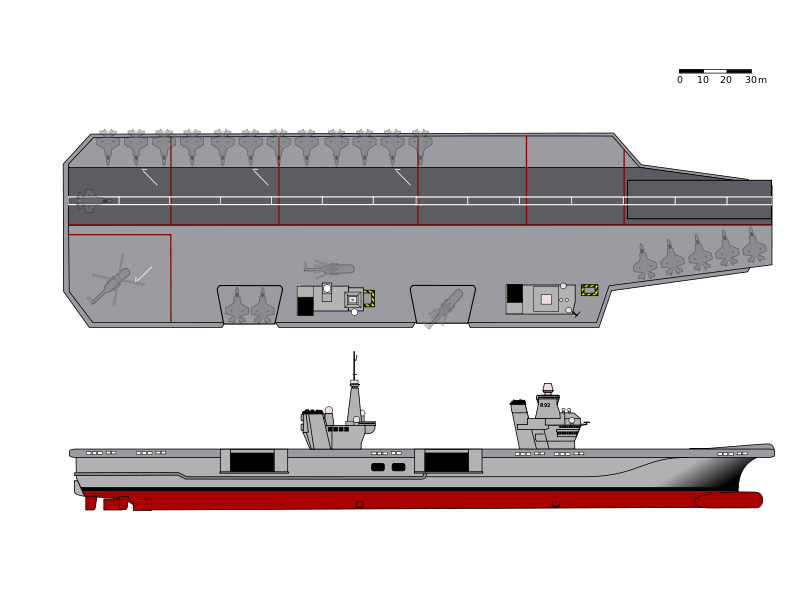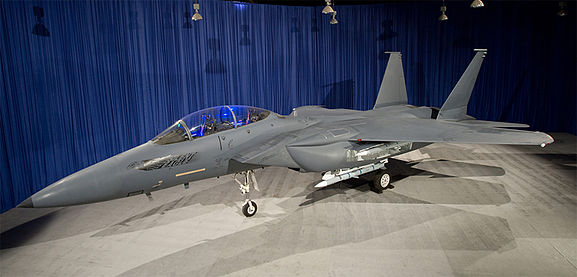Strategy Page on the Royal Navy’s need to keep their carrier operation knowledge up while they wait for the first of the two new aircraft carriers to come into service:
These two decisions [switching to catapult operation, then reversing the switch] cost the Royal Navy about $115 million in additional expenses, which is a small part of the cost growth of the two carriers (from $5.8 billion in 2007 to over $8 billion now). The size of the ships has also grown, from 40,000 tons in the first plan (late 1990s), to 58,000 tons when construction started, to 70,000 tons now. There won’t be much more weight increases because the first ship has had its hull largely completed and will leave dry dock next year. Sea trials are planned for 2017 and initial flight operations in 2018. Commissioning is to occur by 2020. Construction on the second carrier (the Prince of Wales) began in 2011. These are the largest warships ever built in Britain and require the efforts of some 10,000 people in 90 companies and 6 shipyards (for building sections of the ships as well as other components).
There are some other problems that required more innovative solutions. For example, in 2011, the Royal Navy retired all its Harrier aircraft and the last aircraft carrier that the Harriers operated from. That presented a problem, as the first of two new carriers won’t enter service until the end of the decade. The admirals knew that once the new carrier (Queen Elizabeth) entered service a new generation of pilots would have to be trained to take off and land on a carrier. While the Harriers could land and take off like a helicopter, they often took off (via a “ski jump” flight deck) so they could carry more weight (especially bombs) into action. To deal with this Britain will have four of its naval aviators serve on American aircraft carriers over the next decade, to maintain Royal Navy knowledge of how pilots operate jet aircraft off carriers. The British naval officers will learn to fly F-18s in order to do this. While Britain and the U.S. regularly exchange fighter pilots, this is a special case. The British know from experience that it’s easier to train new pilots with experienced Royal Navy carrier pilots. Thus the need to maintain that experience by having British aviators flying F-18s off American carriers until the new British carriers arrive.





